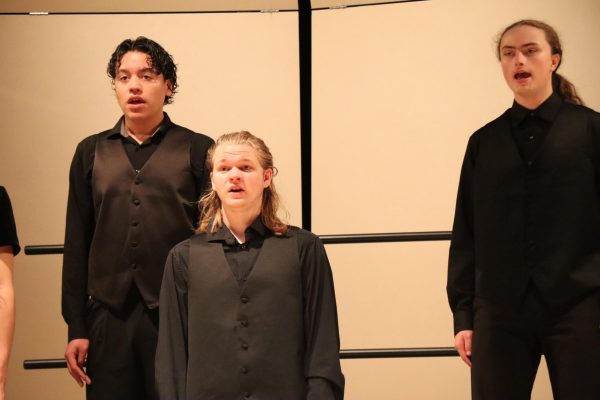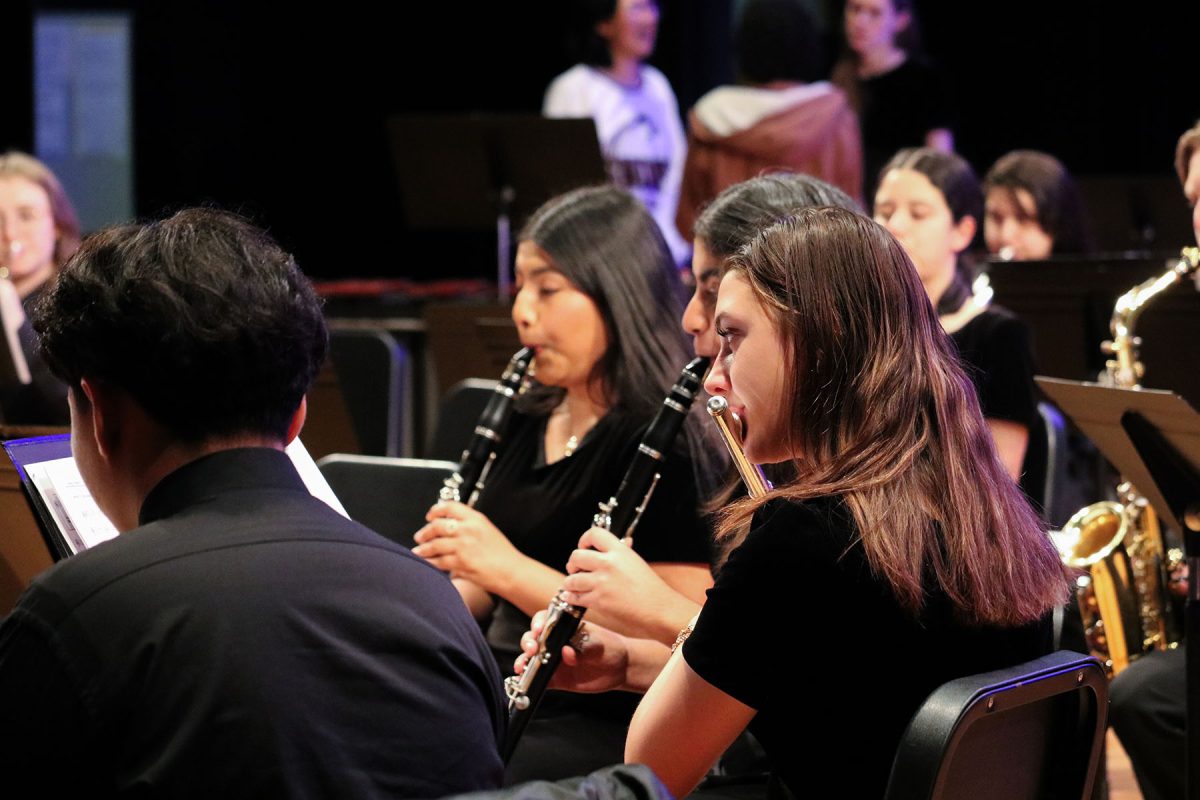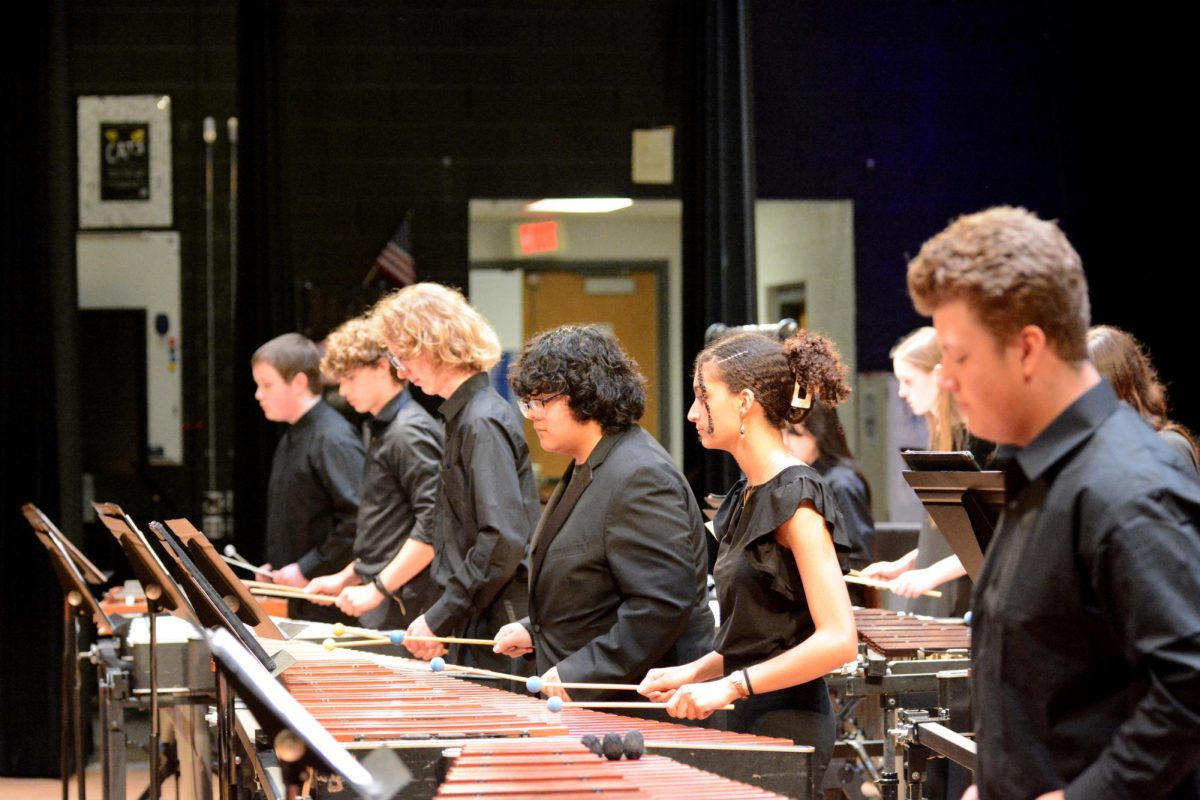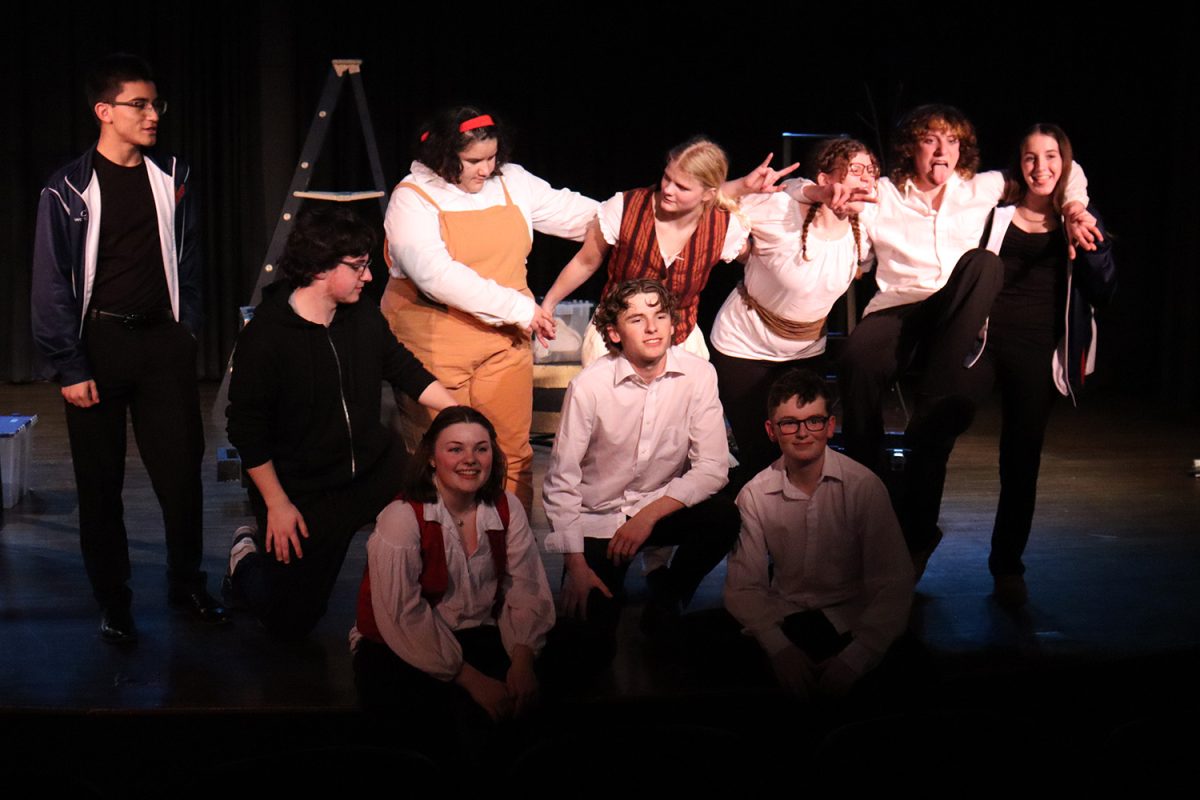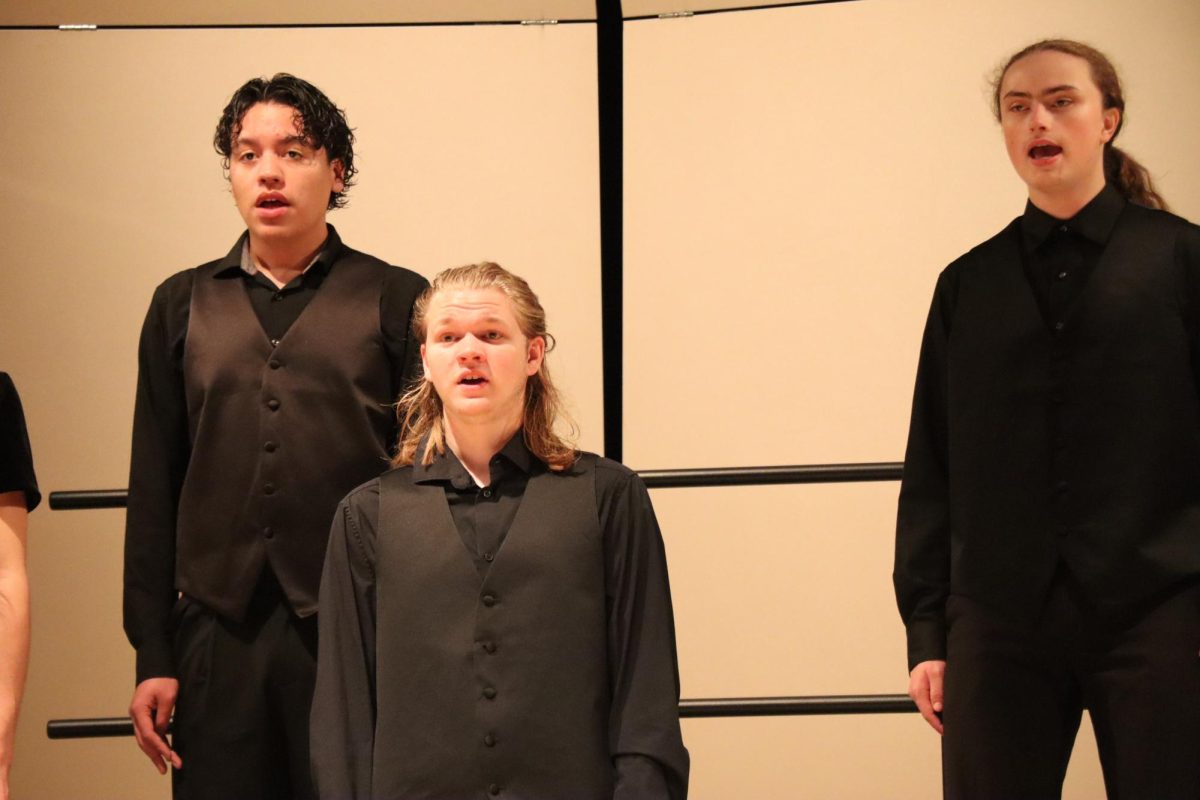Rowling shatters boundaries
October 22, 2016
When the shadow of a rumpled boy tiptoed his way into J.K. Rowling’s imagination on a delayed Manchester train in the early winter of 1990, she did not think anything of him. She spent her journey mulling over his identity to pass the time, too afraid to ask anyone for a pen to write these details down. She did not yet think him a wizard, or a hero, or anyone of importance. He was then just a boy, and his name was Harry.
That same winter, Rowling grieved the death of her mother, who she lost to Multiple Sclerosis. In 1991, she left her secretary job in Gloucestershire to teach English in Portugal. There she met a man named Jorge Arantes, who later became her husband. After a miscarriage and the eventual the birth of their first child, Jessica, Jorge became a controlling and abusive man. Rowling fled for Edinburgh in December of 1993, taking their infant with her. It was upon her arrival in Scotland that she discovered the struggles of living in poverty as a single mother; scraping by on state benefits, unemployed and clinically depressed, this time in her life served as an inspiration for the tragedies her writing required. As Rowling stumbled through the months to follow, she completed her first book, then simply composed of a pile of loose leaf papers, which she kept in a box under her bed in the shabby flat she and her daughter inhabited. It was called “Harry Potter and the Philosopher’s Stone”.
No one was eager to take on the novel. In fact, twelve major publishing houses rejected Harry’s story. When Bloomsbury, a small London publisher, took on the project, they expected very little to become of the boy wizard from under the cupboard; the house’s editor told Rowling not to quit her teaching job, as children’s books traditionally do not pay well. The first copies of the book were released in June of 1997, and Bloomsbury was skeptical of its success.
“Harry Potter and the Philosopher’s Stone” has sold over 107 million copies.
When Scholastic bought the rights to “Philosopher’s Stone” in 1998, Harry’s story was spread throughout all of America, alongside Europe. And with that, the bespectacled boy with the lightning bolt scar singlehandedly changed the world. The fantasy book franchise experienced a rebirth after Harry’s publication, spurring a new crop of authors to reshape the genre. “The Hunger Games”, “Percy Jackson”, the “Twilight Saga”, “Eragon”, the “Divergent” series and the “Mortal Instruments” series rank among the most popular books to come from this reinvented form of storytelling, rooted in magic, dystopian society and the supernatural. J.K. Rowling spearheaded the fantasy movement into the early 2000s, and Harry served as a catalyst for some of the most influential young adult writing of this generation, writing that transcends age demographics and remains accessible to all.
The geniusly developed tales of Harry’s fight against Lord Voldemort, the losses he suffered, and the love of his gracious and courageous friends touched an entire generation. Rowling allowed children and adults alike to look at important social issues like racism, sexism, abuse, war, faults within the education system, unreliable press, corruptible government and terrorism through a lens that made these issues easier to visualize objectively and discuss. She told children that there was injustice in the world and in the same breath said that they could change it. Rowling let us see how even the most insignificant of people, even someone as seemingly average as an 11-year-old boy locked under the stairs, could do something magical. Her words fostered a love of reading within a generation born unto the technological age.
Minerva McGonagall said in the first chapter of “Harry Potter and the Philosopher’s Stone”, “This boy will be famous, a legend. There will be books written about Harry, every child in our world will know his name.” J.K. Rowling once said that in all of her life, she never imagined those words would be true. She did not expect that she would end up sitting on a $15 billion dollar franchise, and that every man, woman, and child in the world would know the name Harry Potter.
When the first Potter movie was released in 2001, the box office total ended at $974.8 million dollars. It was the highest grossing film of that year, and has since become the 25th highest grossing film of all time. It broke records left and right, and the world collectively realized that Harry was not just a trend. As an entire culture blossomed around the wizarding world, many began to compare the effect on society to that of “Uncle Tom’s Cabin” by Harriet Beecher Stowe. The novel sales, in fact, fall behind only “A Tale of Two Cities”, “The Lord of the Rings” and “Le Petit Prince”. All of these books were published before 1960, more than 37 years prior to the publication of Potter. Given enough time, the Potter series will rank above any other, and the effect of one boy’s journey will have been of a magnitude no one could have foretold. Rowling has become a god among men: the first person to gain billionaire status through writing, and the first to lose it through charity donation.
The ripple effect of Rowling’s creative genius will continue for decades to come, and Harry will find his way into the hearts and minds of our children and our grandchildren. Sometimes, when novels are published (like “Huckleberry Finn”) you don’t know that they will become classics. With Potter, we were all sure. Our generation has been privileged enough to witness the birth of something timeless, and when our great-grandchildren ask us how long we will treasure the stories, we will have but one reply: Always.





